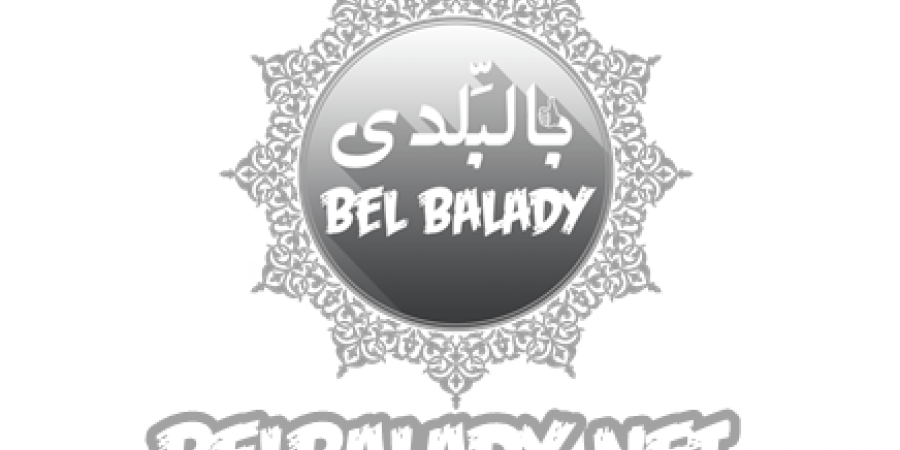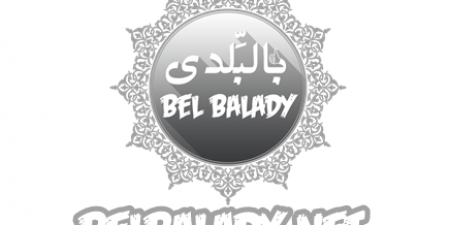Coming up with the down payment as an aspiring homeowner can be daunting، but many have already begun working toward that goal.
About 77% of future homebuyers have started putting money aside for a down payment، according to a new survey by Clever.com، a housing and real estate research site.
The report found that more than half، or 57%، of potential buyers plan to put less than 20% down. The survey polled 920 recent and upcoming homebuyers in early April.
Mortgage insurance costs
Buyers may try to put more money down to avoid mortgage insurance costs and even lessen monthly payments، but 20% is “definitely not required،” said Danielle Hale، chief economist at Realtor.com.
In the first quarter of the year، the average down payment was 13.6%، up from 10.7% in the first quarter of 2020، according to Realtor.com.
Based on transactions from July 2022 to June 2023، the typical down payment for first-time homebuyers was 8% in 2023، compared with ،19% for repeat buyers according to a National Association of Realtors survey.
Even at recent elevated levels، the average down payment is still well below 20%، a share that people typically think of as the gold standard when buying a home.
“By no means is this essentially the law of the land،” said Mark Hamrick، senior economic analyst at Bankrate.com.
‘The conundrum of the housing market’
One way to reduce your monthly mortgage payment is to put down more money and borrow less. But for many households، trying to accumulate a higher down payment can be challenging، Hale explained.
“It really showcases the conundrum the housing market is in where there’s not a lot of affordability،” she said.
Having enough savings for a down payment is a big hurdle for most buyers. Close to 40% of Americans who don't own a house point to a a lack of savings for a down payment as a reason why، according to a 2023 CNBC Your Money Survey conducted by SurveyMonkey. More than 4،300 adults in the U.S. were surveyed in late August for the report.
Most homebuyers don’t put down 20%
Rising home prices make that 20% goal especially daunting. But the reality is، you don’t need 20%، experts say.
Nationally، the average down payment on a house is closer to 10% or 15%، Hale said. In some states، the average is well below 20%، while some are even below 10%، she added.
“Not only is it possible to buy a home with less than 20% down، but this data show that a majority of buyers are in fact doing so،” Hale said.
Some loans and programs are available to help interest buyers purchase homes through lower down payments.
For example، the Department of Veterans Affairs offers VA loan programs that enable those who qualify to put down as little as 0%. Loans from the U.S. Department of Agriculture، referred to as USDA loans، are geared toward helping buyers purchase homes in more rural areas، and they also offer 0% down payment options.
Federal Housing Administration loans which can require as little as 3.5% down for qualifying borrowers، are available to first-time buyers، low- and moderate-income buyers، as well as buyers from minority groups. Those are “designed to help close homeownership gaps among those targeted populations،” Hale said.
Even with a conventional loan، buyers’ required down payment could be between 3% and 5%، depending on their credit score and other factors.
“There are options،” Hale said.
A small down payment can come with extra costs
When you’re deciding how much of a down payment you can afford، tread carefully: There can be added costs associated with smaller upfront payments. While a lower down payment is one way to “attack affordability challenges،” it can be a “mixed bag،” Hamrick said.
With a lower down payment، you will need to borrow more from your lender، which raises the monthly cost of your mortgage، Hale said. A smaller down payment can also mean you don’t qualify for a lender's best-available interest rate .
When you borrow more than 80% of a home’s value، you may also face the added cost of private mortgage insurance، or PMI.
PMI، generally، can cost anywhere from 0.5% to 1.5% of the loan amount per year، depending on different factors، such as your credit score and down payment amount، according to The Mortgage Reports.
For example، on a loan for $300،000، mortgage insurance premiums could cost around $1،500 to $4،500 annually، or $125 to $375 a month، the site found.
Typically، your lender will cancel your mortgage insurance automatically once you reach 22% equity. You can request it to be removed after you reach 20% equity.
In some cases، buyers might choose to do what’s called a “piggyback mortgage،” or get a second mortgage to meet the 20% threshold and not have to pay for mortgage insurance، Hale said.
But that second loan tends to have a higher mortgage rate، she said.
إخلاء مسؤولية إن موقع بالبلدي يعمل بطريقة آلية دون تدخل بشري،ولذلك فإن جميع المقالات والاخبار والتعليقات المنشوره في الموقع مسؤولية أصحابها وإداره الموقع لا تتحمل أي مسؤولية أدبية او قانونية عن محتوى الموقع.
"جميع الحقوق محفوظة لأصحابها"
المصدر :" أصول مصر "





0 تعليق